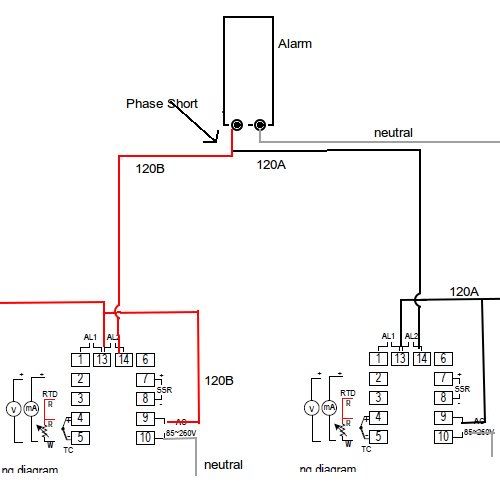So im in the process of builing my control panel for an electric setup. Any reason why I could not wire the alarm outputs of two PID's and a Timer (all Aurber) to the same input of the alarm. Then just have a single on/off switch that controls if this power can get to the alarm itself? Basically no reason to have seperate switches turing on/off the alarm for each individual PID and Timer. Any down sides of doing this I'm not seeing?
Thanks for the input.
Mark
Thanks for the input.
Mark


